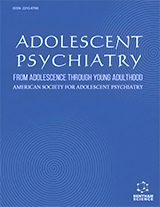Abstract
Chest radiography is often the first imaging study performed in patients with lung cancer. Average size at detection is approximately 2.5 cm by radiography. Multidetector computed tomography (CT) is widely available, fast, offers excellent spatial resolution and with current scanners is able to provide multiplanar reconstructions. Contrast enhanced computed tomography of the chest should be performed in patients who have known or suspected lung carcinoma who are eligible for treatment. A definitive surgical staging of lung cancer is possible with contrast enhanced computed tomography. Magnetic resonance imaging has no advantage over CT in staging of the mediastinum.
Adenocarcinoma is typically a peripheral nodule or mass of subpleural location and occurs primarily in the upper lobes. Squamous cell carcinomas usually manifests as a hilar or perihilar mass lesion with cavitation. Bronchial obstruction is common and may result in atelectasis or post-obstructive pneumonia. Large mediastinal mass extending to at least one hilum is characteristic of small-cell lung cancer on radiography. Computed tomography reveals bulky mediastinal mass, post-obstructive pneumonitis or collapse, bronchial encasement or obstruction, pleural effusion and pulmonary nodule.
Bronchial carcinoids are lobular central mass which may have an endobronchial component and may demonstrate intense contrast enhancement and variable patterns of calcification.
Keywords: tomography, radiography, non-small cell cancer, small cell cancer.






















